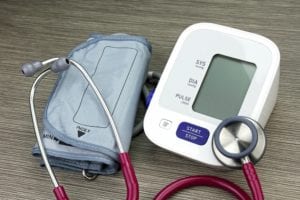Insufficient or Deficient Vitamin D Levels Linked to Higher Risk of Insulin Resistance
Written by Taylor Woosley, Staff Writer. Examining vitamin D serum levels and prevalence of insulin resistance using data from the 2011-2018 National Health and Nutrition Examination Survey show that those in the lowest serum vitamin D level group had 54% greater odds of being insulin-resistant compared to those in higher serum vitamin D level groups.















